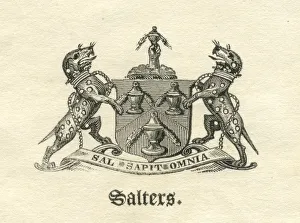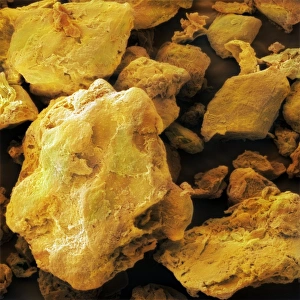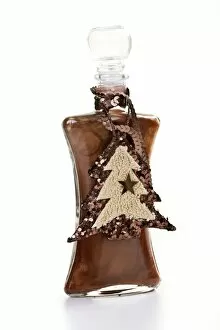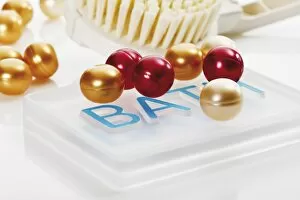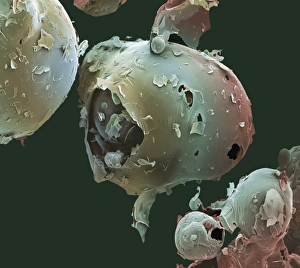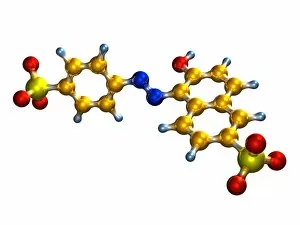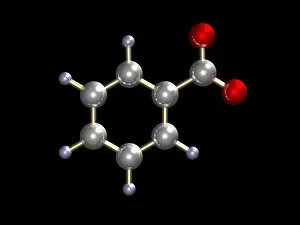Food Additive Collection
"Exploring the World of Food Additives: From Bath Pearls to Sweeteners" Discover the fascinating realm of food additives, where science meets creativity and innovation
All Professionally Made to Order for Quick Shipping
"Exploring the World of Food Additives: From Bath Pearls to Sweeteners" Discover the fascinating realm of food additives, where science meets creativity and innovation. 🌈✨ The Worshipful Company of Salters armorial symbolizes centuries-old traditions in the world of chemistry, reminding us that even today, we continue to push boundaries in enhancing our culinary experiences. Ever wondered what makes your favorite diet soda sweet? Look no further than the intricate aspartame molecule, beautifully captured under an electron microscope. Its crystal structure reveals the secret behind its intense sweetness. But food additives aren't limited to just taste. Enter colorful bath pearls – those vibrant orbs that transform your bathing experience into a kaleidoscope of hues. Just like their edible counterparts, these visually stunning creations add a touch of magic to everyday routines. Turmeric powder may be known for its golden hue and health benefits when added to dishes, but did you know it can also be used as a captivating SEM image? This microscopic view showcases turmeric's intricate particles up close, highlighting its natural beauty beyond the kitchen. As Christmas approaches, why not indulge in Christmassy bath additives? These festive delights infuse your tub with seasonal scents and colors – a perfect way to unwind during this joyous time. Bath additives come in various forms – from powders to pearls. Whether you prefer luxurious foaming bubbles or silky smooth oils, there's an option for everyone seeking relaxation and rejuvenation after a long day. Monosodium glutamate (MSG), often misunderstood yet widely used in Asian cuisine for its umami flavor-enhancing properties. An illustrated representation sheds light on this controversial additive while emphasizing its role in creating delicious savory dishes worldwide. Returning once again to aspartame crystals under an electron microscope - their mesmerizing structures remind us that even at such minuscule scales, science can create wonders that tantalize our taste buds without adding excessive calories.

